CHINASE | ENGLISH
bottom
NEWS
Succeeded! Astronauts had extravehicular work again with highly productive panoramic cameras
At 12:55 on December 27, 2021, Beijing time, after about 6 hours, the astronauts of Shenzhou-13 successfully completed all scheduled tasks of the second extravehicular activity. Astronauts Zhai Zhigang and Ye Guangfu returned to Tianhe core module safely. The extravehicular activity was a complete success.
This is the fourth extravehicular activity of Chinese astronauts in the space station stage. During the extravehicular activity, the astronauts finished the tasks of lifting of panoramic camera C, installation of foot stopper at the extravehicular operation site and relevant work efficiency validation, validation of load-carrying transfer, etc. In the meanwhile, the astronauts further verified the functional performance of the airlock module of the core module, extravehicular suit, and mechanical arm, and assessed relevant technologies for extravehicular activities, coordination of astronauts inside and outside the module, and the space-ground coordination ability, which accumulated rich experience for the follow-up extravehicular activities.
The panoramic camera of the core module was manufactured by 804 Institute of Shanghai Academy of Spaceflight Technology. It has the 360°panoramic view real-time imaging function and is the first to realize real-time stitching and fusion of multi-channel images in the aerospace field in China. It can realize the high-definition video output with a 180° horizontal viewing field and the panoramic photograph output with a 360° horizontal and 100° vertical viewing field. It’s the first time to be designed with the on-orbit lifting function and can ensure the reliable application of the panoramic camera in the whole process from injection to the on-orbit operation.
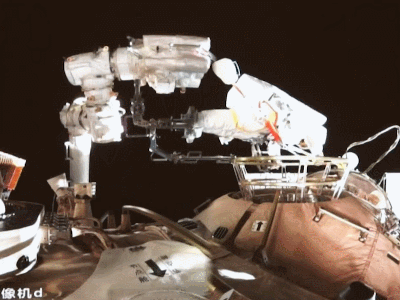
Multi-pronged measures to ensure both rigid and flexible operations and high reliability
After ensuring the key technology of real-time imaging with a 360° panoramic view, the safe launch of the product became the next key problem. The panoramic camera of the space station is installed outside the station module. It is launched to the space by “Long March 5 Launch Vehicle” which has the biggest thrust force in active service in China. In the powered phase of the flight, the camera needs to overcome the strong vibration and the large-scale impulse during the separation of the probe from the launch vehicle. Such a mechanical environment is fatal to an extremely sensitive optical device. In order to solve this problem, optimized design is made to the core device of the camera, namely, the picture sensor. It needs to resist the rigid vibration and at the same time absorb the flexible impulse. With such rigid and flexible operations, the camera is sent to the space safely.
After being sent into the space, the product needs to stand a more hostile environment. The space station revolves around the earth more than ten circles a day. The extravehicular camera needs to fly over the extremely hot area in the sun and the extremely cold shadow area constantly. In the early stage of design, iterative simulations are performed to the thermal environment of the camera to find the heat-generating site for targeted heat dissipation. Besides, heater bands are stuck to the internal side of the panoramic camera. They can be heated when the camera is in the shadow area to ensure the camera can work normally in the low temperature environment. Before the camera is released, it has been subjected to multiple environmental tests, such as the stress screening, stress test, high-low temperature cycle test, and thermal vacuum test, so it has had the qualifications of working in the space.

Working freely, with special tools to resolve problems
Perhaps you may wonder why the panoramic camera is lifted but not fixed directly. In the launching stage, limited by the diameter of the nose cone of Long March 5 Launch Vehicle, we can only leave a small and lower space for the panoramic camera. After the space station is in orbit, the astronauts will take a chance to fix the camera to a higher place outside the capsule. In order to ensure the panoramic camera can be lifted up in orbit, we have designed a man-machine interface. With the help of the astronauts, the panoramic camera can stand higher in orbit.
In order to ensure the astronauts can lift the bracket of the panoramic camera within the shortest time after going out of the capsule, a set of special handles and anti-drift components that meet the requirements of ergonomic evaluation have been developed innovatively. The special handles can not only protect the lens of the panoramic camera from collision during handling, but also help the astronauts lift the panoramic camera easily outside the capsule. The anti-drift components can guarantee that when the panoramic camera is lifted, the handle or panoramic camera won’t drift owing to weight loss and can be fixed to the mounting surface steadily.
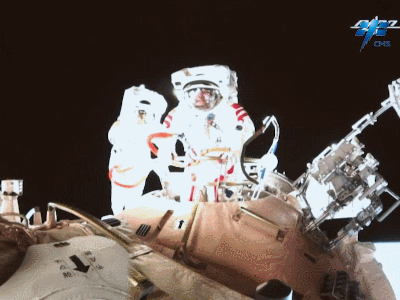
Remarkable effects and significant achievements of our aerospace undertaking
In order to monitor higher and farther effective targets with the panoramic camera and see the state of the mechanical arm when it moves to a higher position in the vertical field of view, the camera needs to “stand” in a higher position. The two astronauts need about 2 ~ 4 hours to make preparations for going out and take the repair tools to climb to or be sent to the maintenance and replacement site of the panoramic camera C by the mechanical arm. By lifting the bracket, the astronauts can use a common electric tool or plug the connector manually to finish the job within only half an hour. After lifting, the panoramic camera C will have a better sight angle, so it can have a panoramic view of the astronauts’ extravehicular activities and the moves of the mechanical arm and other extravehicular equipment.
Source: Official WeChat account of China Aerospace Science and Technology Corporation; China Manned Space Engineering Office

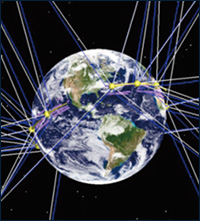
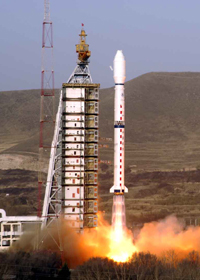
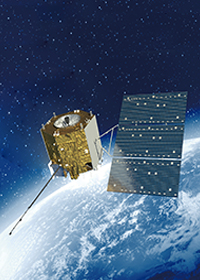

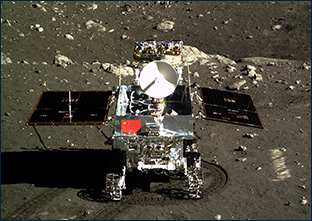
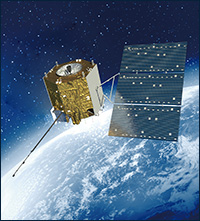

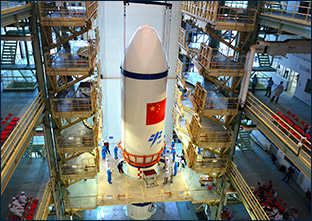



 DOWNLOAD
DOWNLOAD E-MAIL
E-MAIL